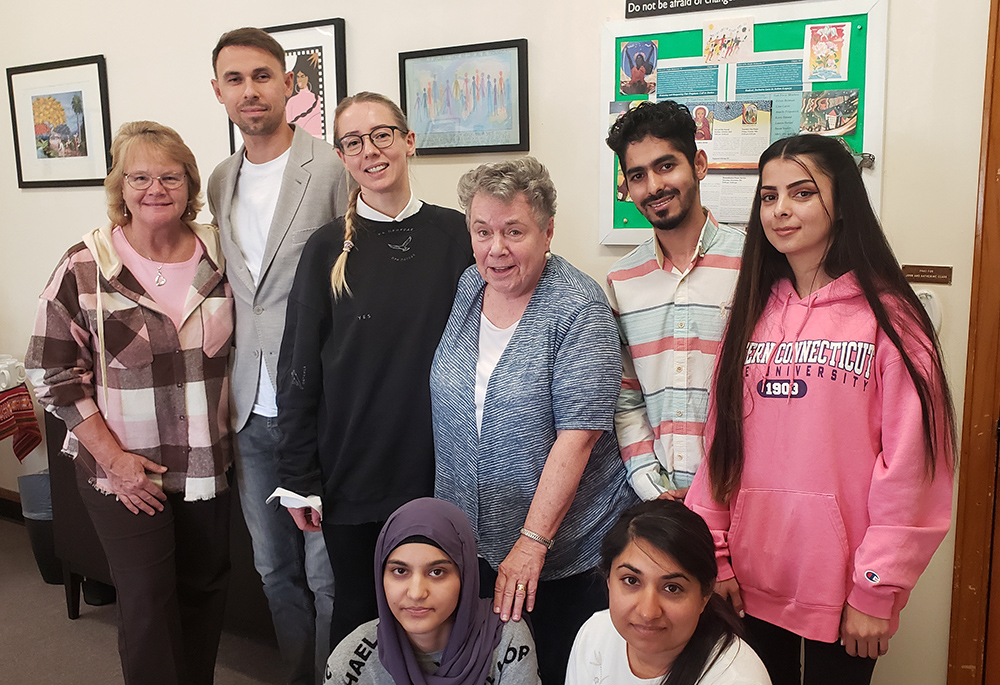The United Nations reports that an estimated 281 million people, approximately 3.6% of the world's population, currently live outside their country of origin. While many migrants choose to leave their countries, an increasing number of migrants are forced to leave their homes for a complex combination of reasons, including violence; poverty; lack of access to health care, education, water, food and housing; and the consequences of environmental degradation and climate change. In 2024, an increasing number of refugees are facing forced displacement because of persecution and conflict in countries such as Syria, Ukraine, Afghanistan, Venezuela, South Sudan and Myanmar (U.N. Refugee Agency).
Immigrants' and refugees' journeys do not end when they reach the U.S. Once they get the emergency care and temporary housing they need, it can be a long time, often years, before immigrants and refugees can settle into a decent family home. These families need to have an adequate place to live until they can secure long-term housing; their children need education, the adults need job training, and their dreams for a future need to be restored. Catholic sisters are helping immigrants and refugees feel welcomed, recognizing their dignity and restoring their sense of belonging, a first step to new life in a new home.
Pope Francis has declared that "the work of welcoming is a concrete commitment to loving and caring for our neighbor. Welcoming is the first step toward peace."
Students will design and make Welcome photo collages on computers. They will need access to a color printer and photocopier so they can print several copies of their work to be distributed to newly arriving immigrants and refugees.
First ask the students to quickly research online the Catholic organizations that work with immigrants and refugees in your area; note their addresses.
Then, ask students to create a standard paper size Welcome collage that will be distributed to refugees and immigrants so they can see that, like Jesus, you welcome them as they seek a new home. Ask students to find pictures and photos online that exemplify a welcoming attitude, cut and paste them onto their blank page in a creative design. They will also search for the word "welcome" in a variety of languages, including Spanish, so they may create welcome signs to place around the visual pictures on their collage.
After the student's visuals are reviewed, printed and photocopied, ask the students to put their first names only on the back of the collages. Send a package with the Welcome collages to the organization(s) with a brief cover letter asking that they be distributed to newly arriving immigrants and refugees.
How did you feel when your collage was finished, knowing it would help welcome newcomers to your area and help in a very difficult transition?
What kind of emotions and attitudes were obvious in the visuals you chose for your collage?
Is it challenging to have a similar positive attitude of welcome to all kinds of people?
How can you move beyond any fears you may have picked up about immigrants and refugees so you can open your heart to every child of God?
What barriers prevent you from freely welcoming people who are different?
How can you deal with these barriers; who can support you in creating a welcoming heart?
Christ, you responded to strangers out of love, not out of fear. Help us move beyond our fear of the strangers who come to our shores to see each one of them as your beloved child. Guide us through your teachings and your church's call to open our hearts so we may welcome all who leave their countries because of poverty, fear, violence — all searching for a welcoming smile and a place to call home. Amen.
Tell us what you think about this resource, or give us ideas for other resources you'd like to see, by contacting us at [email protected].
